Hey folks! It's been so long since my last post. At the beginning of this year, I told myself to commit to making at least two blog posts per month, along with a YouTube video (It’s but March and I'm already behind schedule!).
I sincerely apologize for my inconsistency. In my defence, I've been learning a couple of new things. Despite being 33 years old, I often feel like an old man—That’s one of the reasons I like to shoot full manual mode I guess. Just last week, I bought a Fujifilm X-S20 for video recording, and I must be honest, I find the menus quite overwhelming. The menu system is nothing but huge, just so many things to care about while recording. In comparison, street photography suddenly seems so easy; no need for ND variable filters, shutter angles, bit-rates, mic levels, and such.
However, what truly excites me is delving into field recording—essentially, capturing sounds outdoors, away from the security of a studio. My partner is coming from the USA with a little Zoom H1N recorder and some other stuff to explore sound further. As a former musician, I need to enhance the audio quality of my videos to immerse viewers in my journey.
This is one of my videos in case you don’t know I have a YouTube Channel.
In future blog posts, I plan to add audio recordings that capture the ambient sounds of the scenes shown in some of my photographs. I believe this addition will infuse my work with a fresh layer of depth and context
STAY TUNED!
Here are some shots where I thought I was about to get in trouble.
Speaking of sound, I remember a discussion I had with another street photographer on social media a while ago. He suggested his viewers wear earphones to avoid potential confrontations on the streets. He pointed out that by appearing unaware of the surroundings, one could easily ignore others and walk away from a potential conflict.
However, I strongly advise against adopting this approach, for two main reasons.
Firstly, the vocabulary surrounding photography has always intrigued me. We often say we're 'taking' a photo, 'capturing' a moment, or even 'shooting' a scene. I've even heard the term 'mugging' a photo, though I'd appreciate confirmation of this one from native English speakers. Feel free to answer this in the comment section down below.
There's an underlying sense of forcefulness in this language. While photography itself isn't inherently violent, the act of photographing strangers on the streets can feel invasive or threatening to those unaware of our intentions behind the lens. How often do you see someone pointing a camera directly at you?
That's why, occasionally, I interact with my subjects when I sense their discomfort. In fact, I often volunteer myself to show them some of the pictures I've taken, or take some time to explain what I'm doing. I believe it's essential to minimize any negative impact I might have on someone. After all, my photos aren't worth ruining someone's day.
—Hold that thought—
As a Latin American, I'm aware of our region's long history of colonialism and violence. Many of the first photographs taken in Latin America were used to document indigenous peoples, landscapes, and especially resources, serving as instruments of control and domination by Western powers. However, photography has also provided a means for resistance and subversion. Indigenous peoples and colonized communities sometimes appropriated this medium to challenge colonialism, empowering themselves and their identity.
In today’s world, more and more governments are investing heavily in surveillance. While some argue this is for protection, others view it as a way of mass control. For instance, during the 2019-20 protests in Chile ('El Estallido Social'), both police and protesters utilized photography as a tool. While the police used it to identify individuals and prosecute them, the protesters used it to expose the police’s abuse and brutality.
I think I’m railing a bit out of the way now. My point is that it's essential to recognize that photography, like any tool, can be used for both good and bad. Something to keep in mind when we roam the streets 'capturing' moments.
For me, the least our subjects deserve is our attention. A simple gesture, smile, a friendly wave, or a sincere explanation of our intentions can go a long way. Instead of 'taking' a photo, perhaps we could say something like 'sharing' a photo, or whatever wording feels more collaborative/collective. A photograph is not a commodity; it's meant to be shared, especially with those who are part of the frame.
"Photography is the only language that can be understood anywhere in the world." - Bruno Barbey
By the way, I highly recommend checking out Martín Chambi’s work, which is closely connected with Peru’s Indigenism movement. His photographs are sublime.
I'm not a Hispanic: I'm a pre-Hispanic.

Secondly, I don't know about you, but photography often requires engaging our entire body. Sometimes, I find myself crouching, lying flat on the floor (even in puddles of water), or running to capture a shot. I've even taken a dip in the Ganges (thankfully, my camera survived). This physical engagement includes my ears as well. A great deal of the atmosphere of a place is coming through its sounds. The chirping of birds can evoke a cozy spring morning, while the hum of white noise might bring to mind the image of a river. For example, people shouting in a market make us aware of a fast rhythm, business is bustling! Note that hearing is the only sense that can alert us of what's happening behind us. The only sense we can’t turn off at will.
When photographing in the streets, it's easy to get so focused on what we see that we forget about our spatial awareness. I once was hit by a car in La Paz, Bolivia; fortunately, everything was fine. Yet it served as a reminder of the importance of being aware of our surroundings while shooting. Many times I've been alerted of a potential photo-opportunity by sounds happening far in the distance – the fluttering of wings, kids playing football, or a dog barking.
Wearing earphones or anything that obstructs our ears can severely hurt your photography. It diminishes your perception and can even pose a safety risk.
Photography is more than just 'snapping' pictures; it's about fully immersing ourselves in the experience. Whether it's learning new techniques, or engaging with our subjects and surroundings, every moment behind the lens is an opportunity for growth and connection. Let's continue this journey together, staying curious, open-minded, and always ready to capture the beauty and authenticity of the world around us. Thanks for being part of A Photography Journey, and don't forget to subscribe for more adventures ahead!
My blog will always remain free for everyone to enjoy!
If you appreciate my content and would like to support my work, consider subscribing and sharing my work.
Also, consider joining any of my upcoming street photography workshops or purchasing my street photography e-zine “Understanding Colour”
Only two spots left in the 18th to 21st one
Your support means a lot and helps me continue creating content.
Thank you for being a part of this journey!
Cheers!




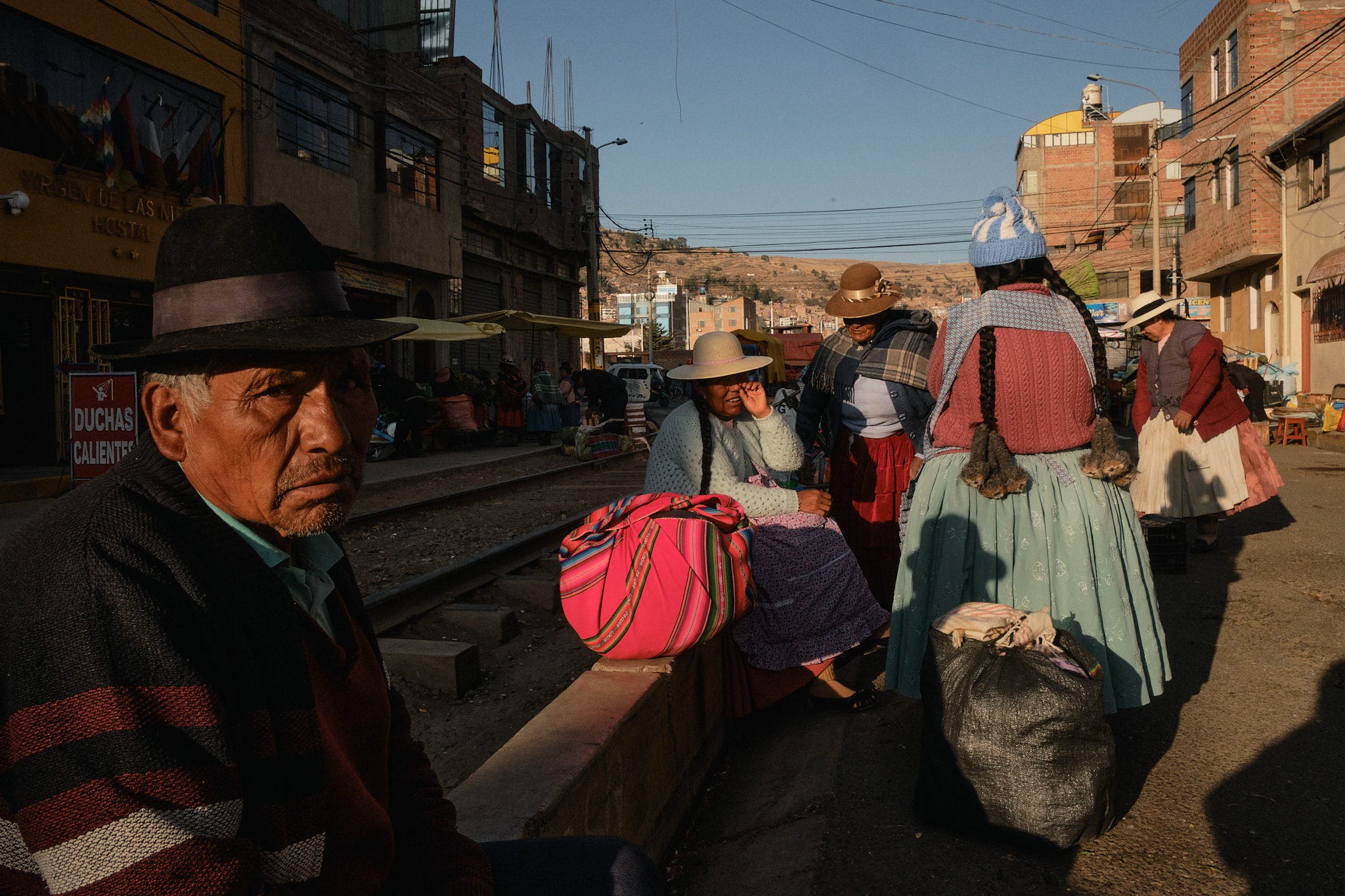
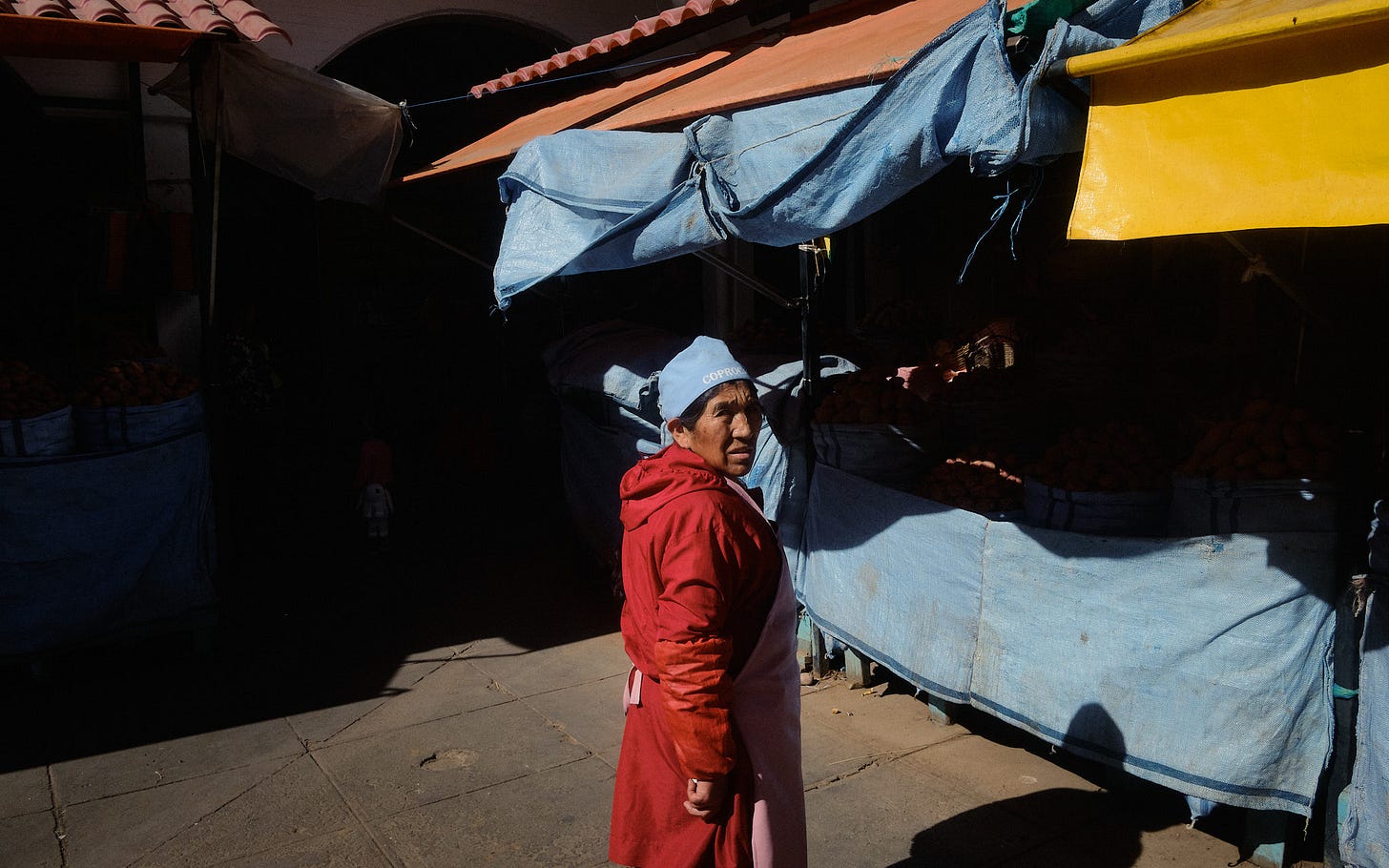


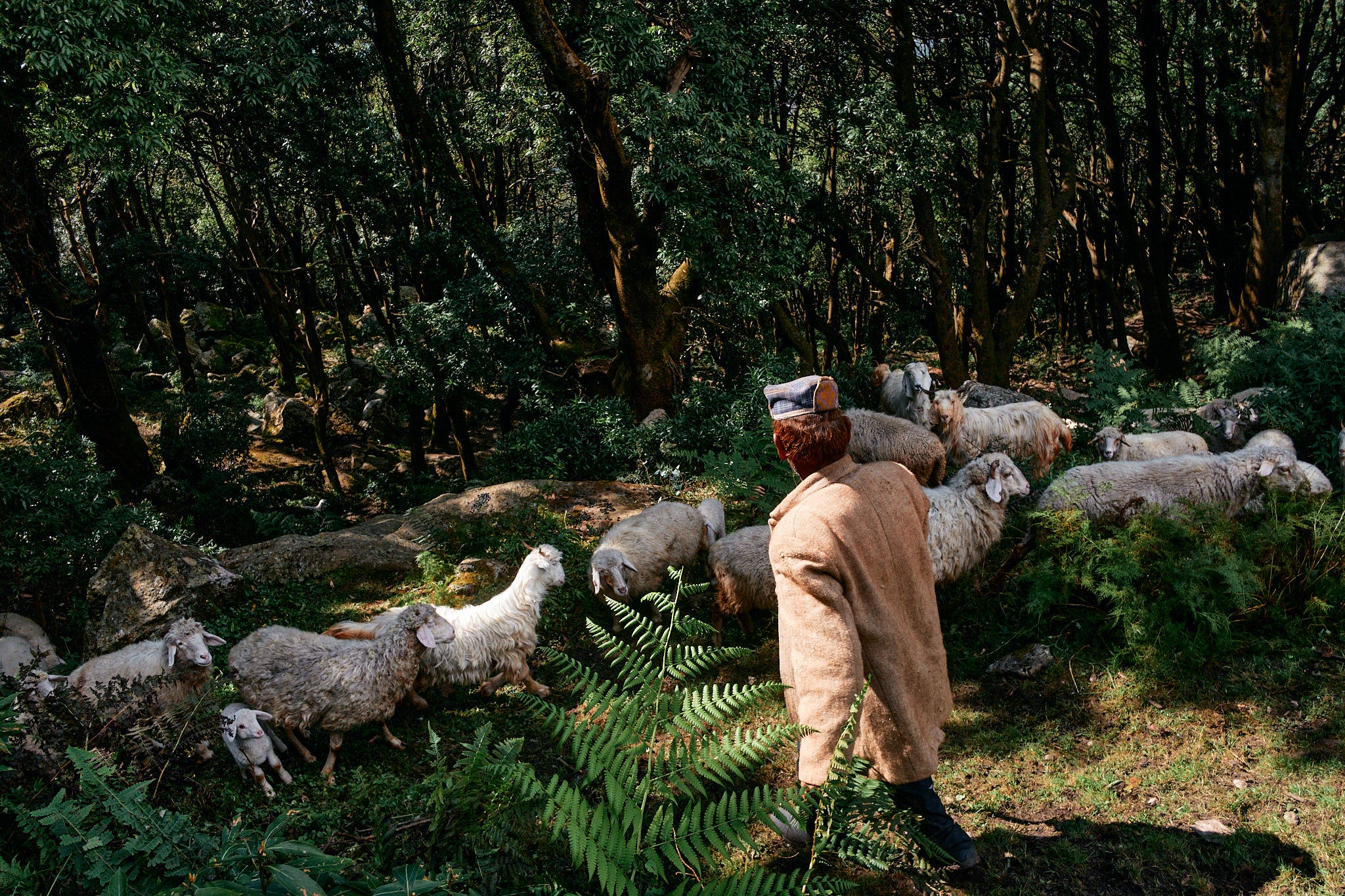

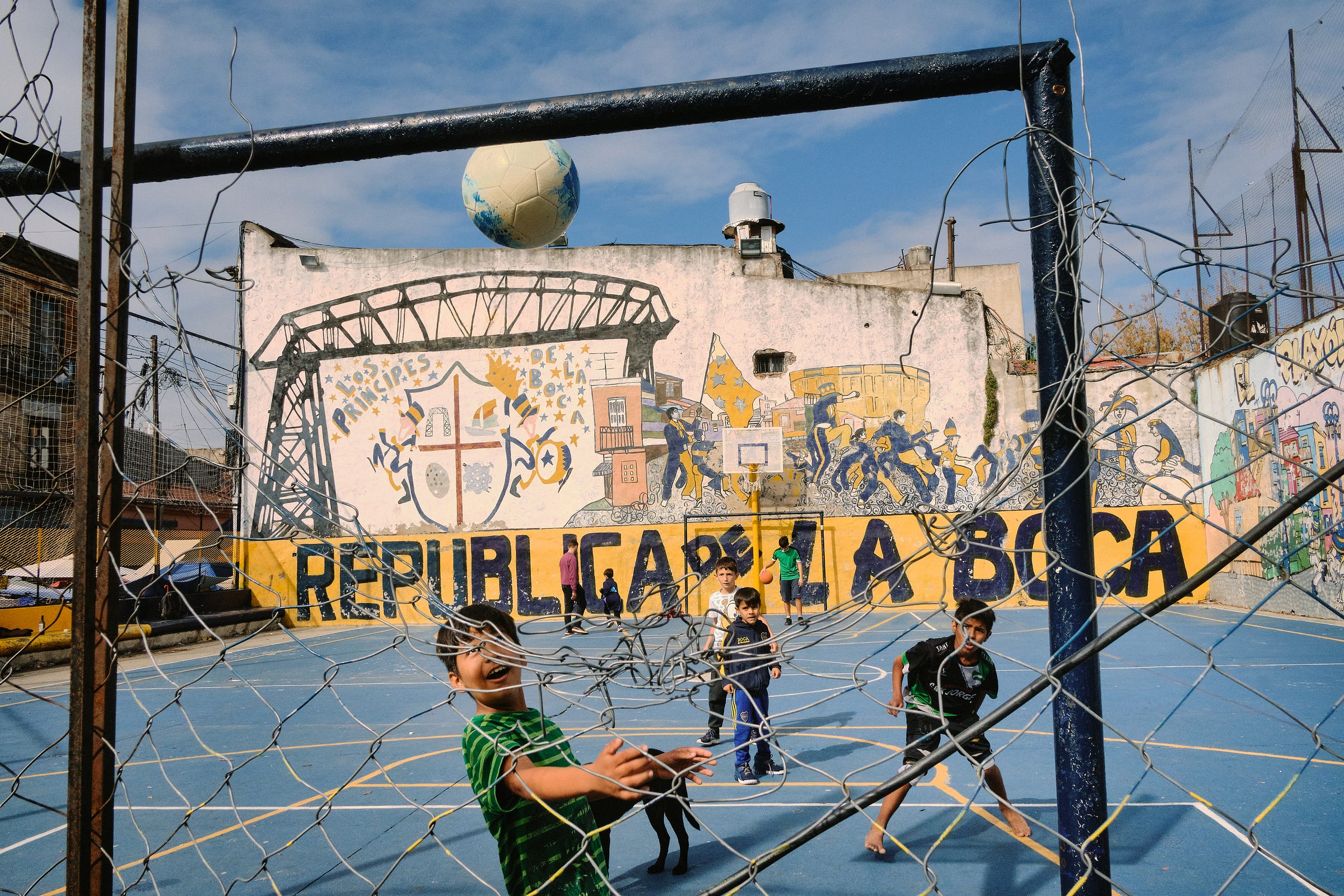
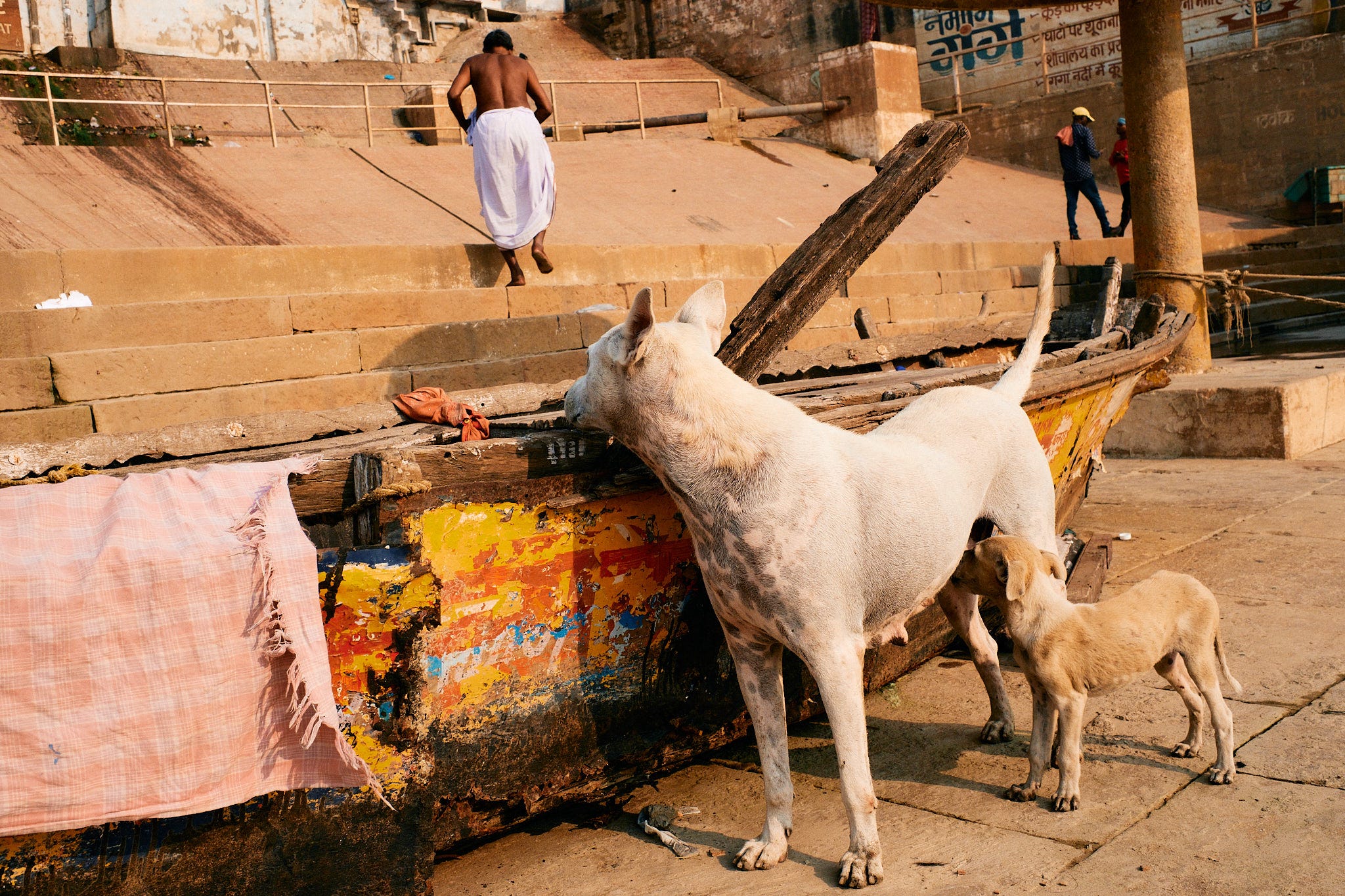



I never wear earphones when I take pictures. You've listed several reasons I agree with and I'll add one more.
During our everyday lives we have too much incoming information, and that does affect our brain and mind. It's a challenge to use every opportunity not to overload your brain. So I have two points here:
1. Photography is also a meditative practice, when you truly become an integral part of the place you're are at.
2. If you're disturbed by music or something else like podcasts in the earphones, your brain won't be fully into the creative process. I've read that in older days Disney animators weren't allowed to listen to music at work and I think there's a good reason for that.
Thanks for this Eduardo. Your comments on the language of photography are interesting. As a native English speaker I have always had a problem with the language of 'shooting' because of its association with violence, but I still end up using it because it's hard not to. And, of course, 'shooting' is also linked to non-violent activities - shooting a film, shooting in the context of sport.
I hadn't previously thought of 'captured' in this way, but that's possibly because it's not a word I use much.
I don't have a problem with 'take' because in my mind it contrasts with 'make'. I find the idea of 'making' a photograph pushes too much attention on the photographer rather than the photograph, and it is the latter that is important.
Finally, I am an enthusiastic 'snapper'. 'Snapping' for me reflects my immersion in the moment, in the scene. If I'm not snapping, if I'm too consciously photographing, then I'm too immersed in the photographic process.
Daido Moriyama, one of my favourite photographers, emphasises the importance of the snap, and links it to his idea of the photographer as stray dog. I don't have the quotes to hand at the moment, but they are worth reading.
I hope that makes sense!
Thanks again.